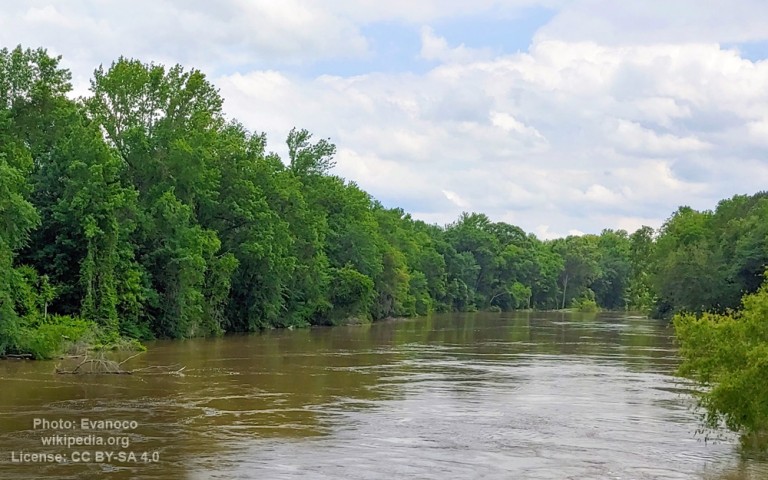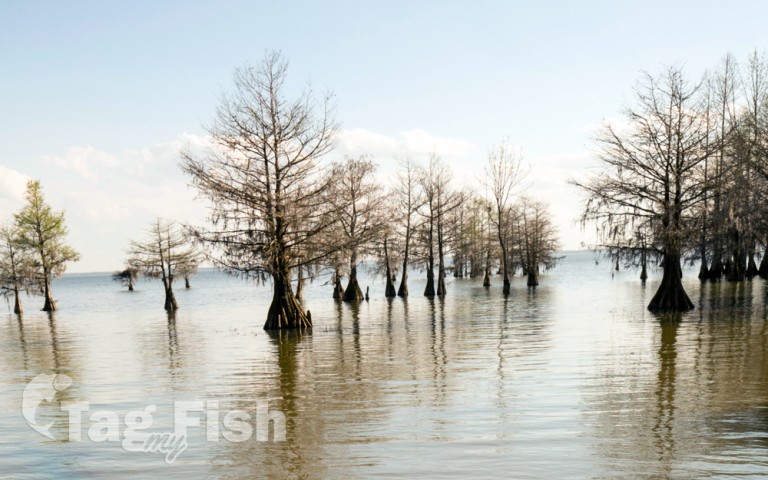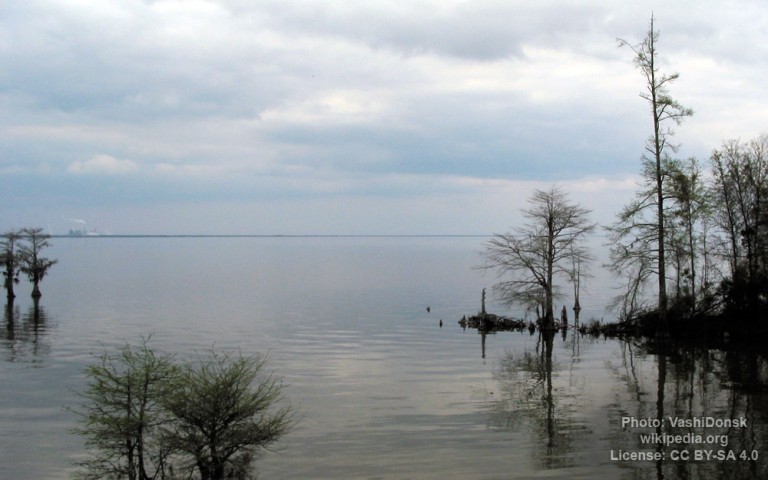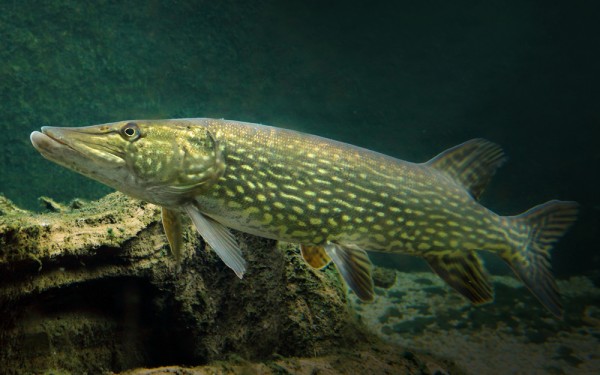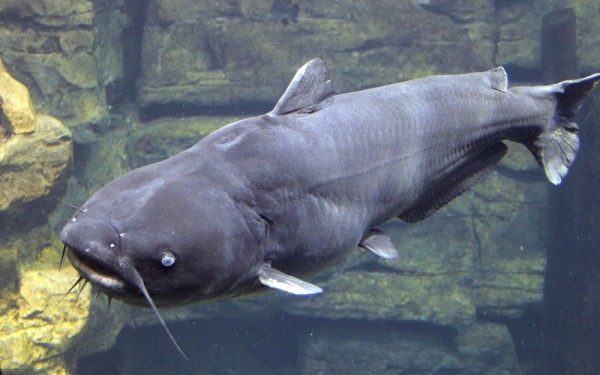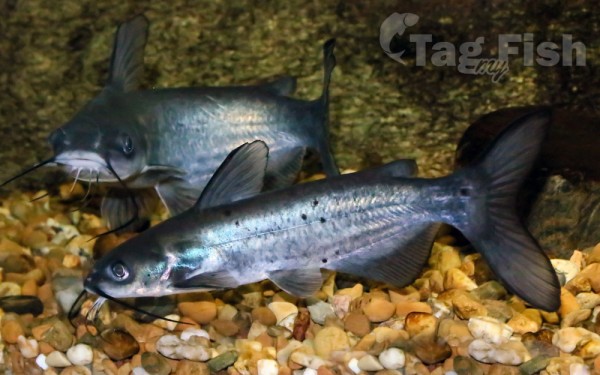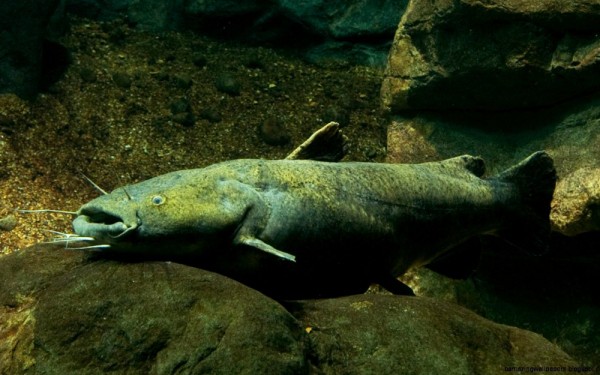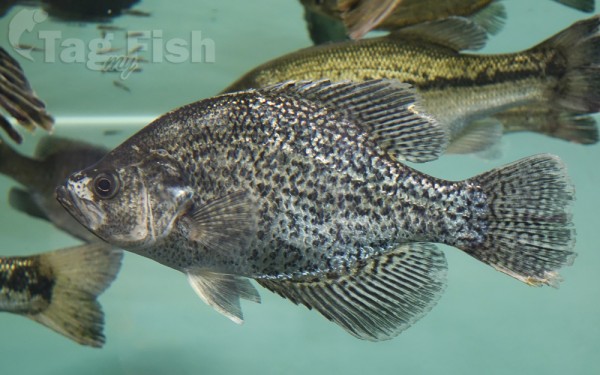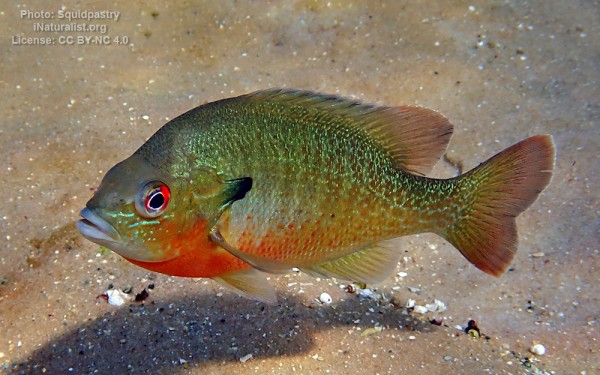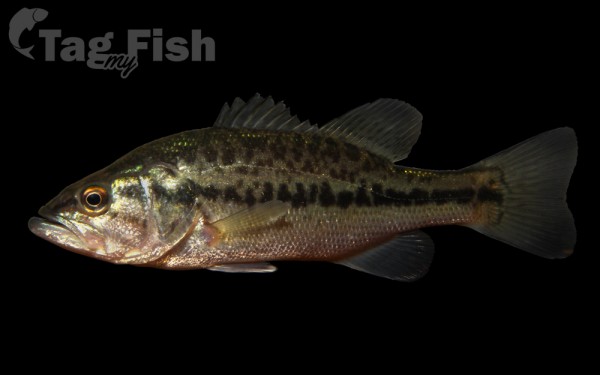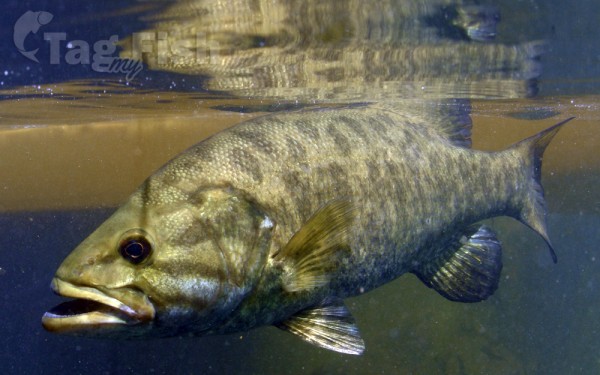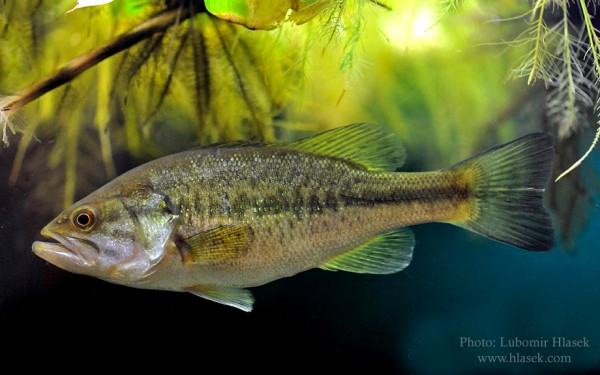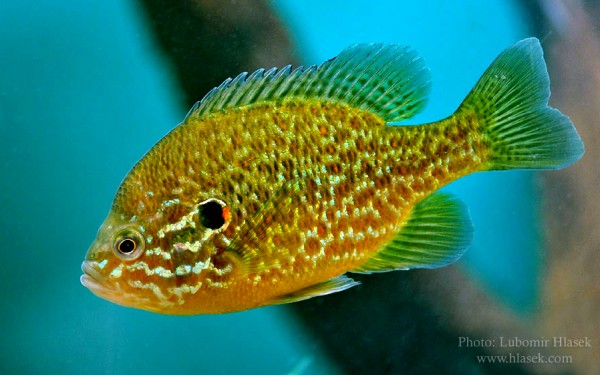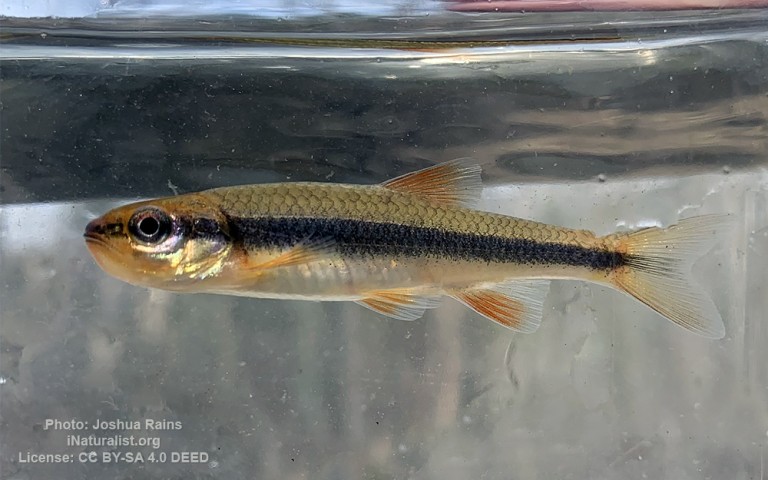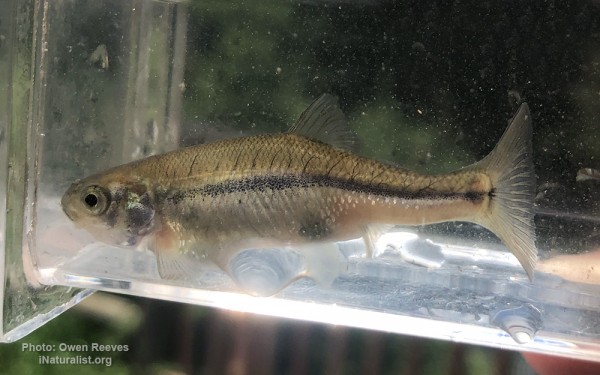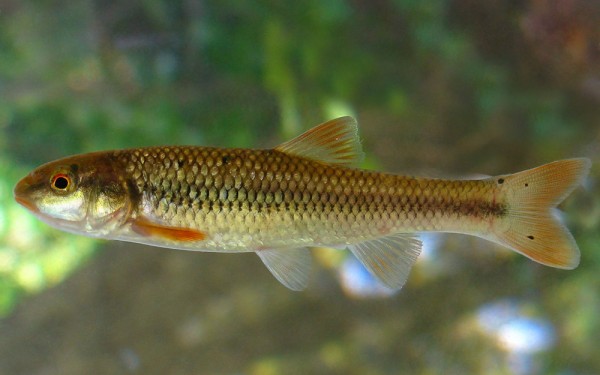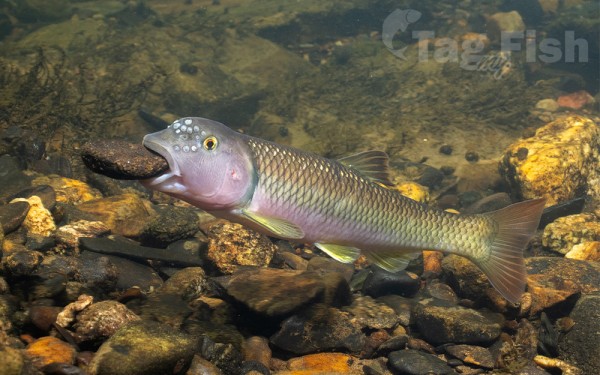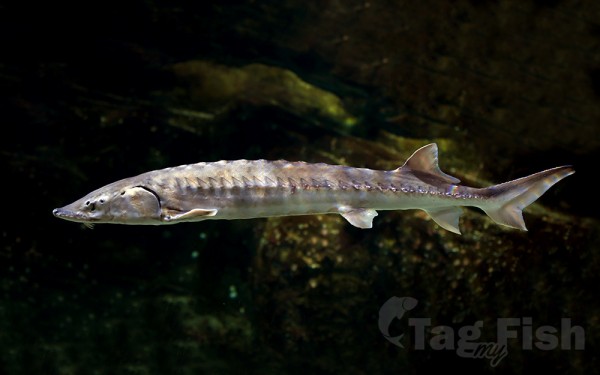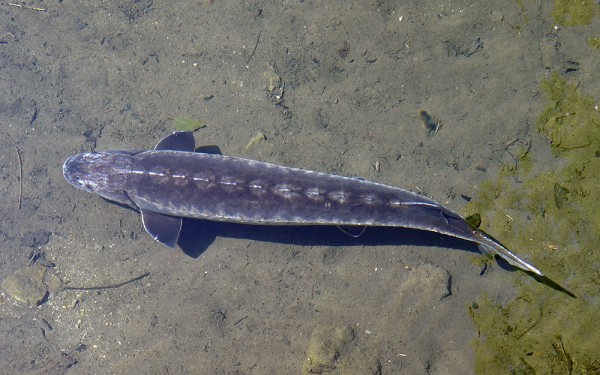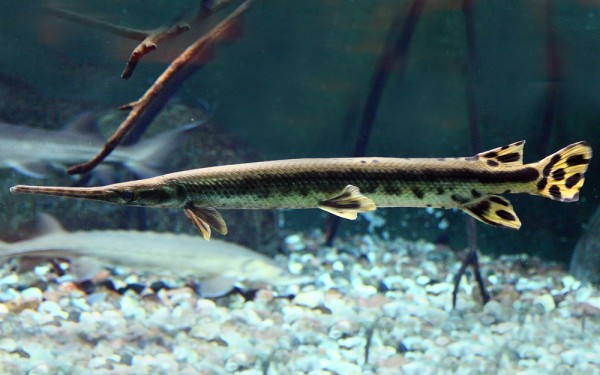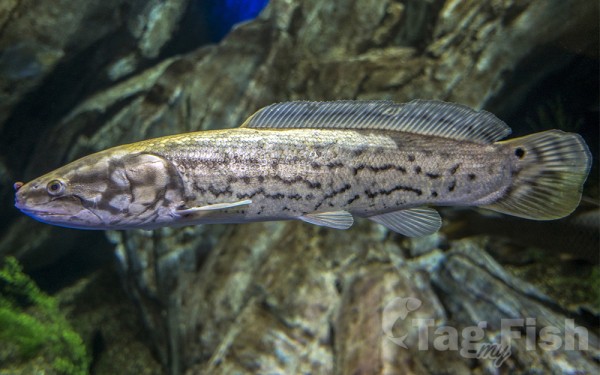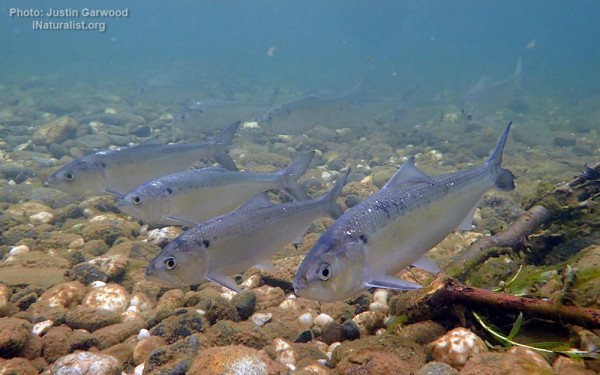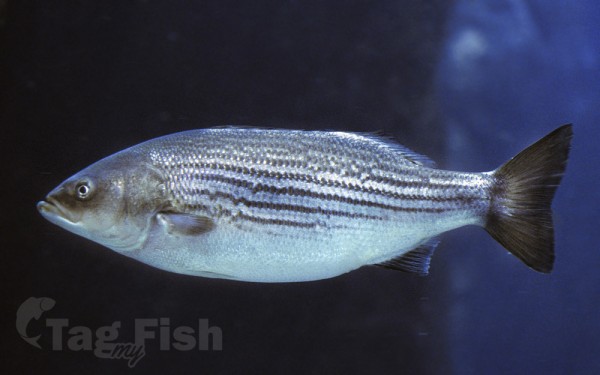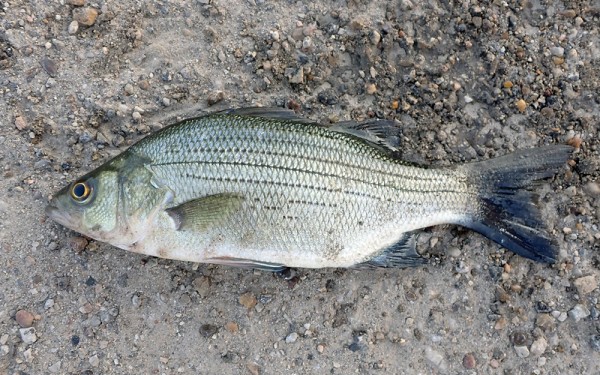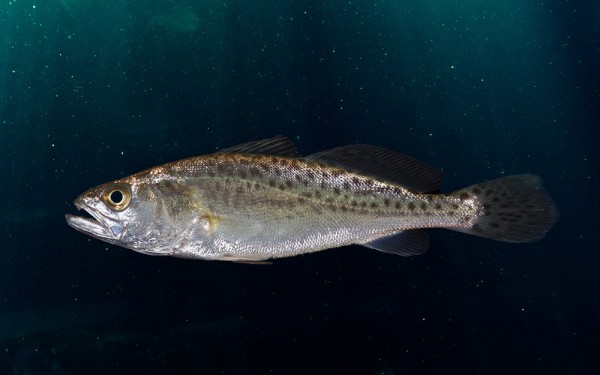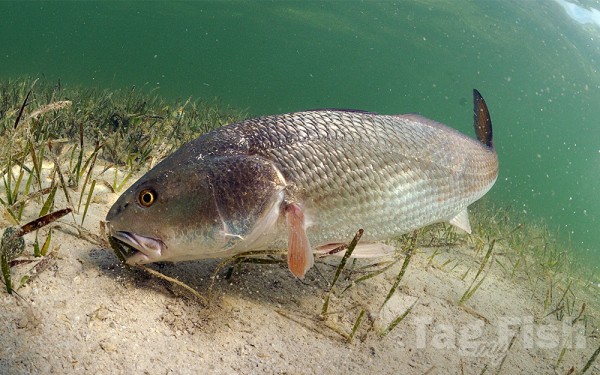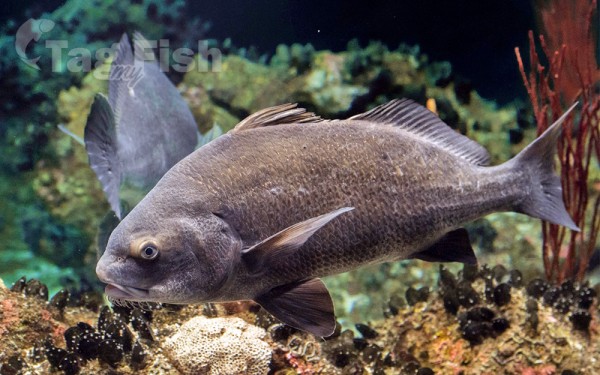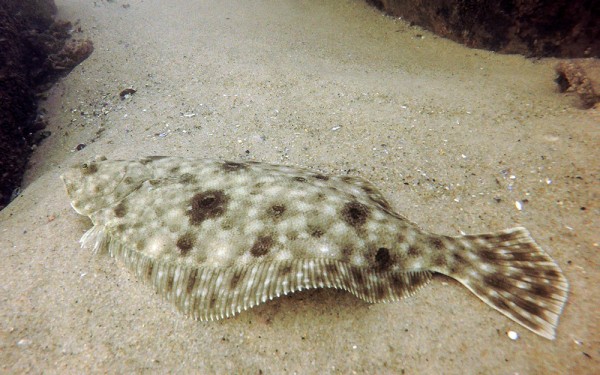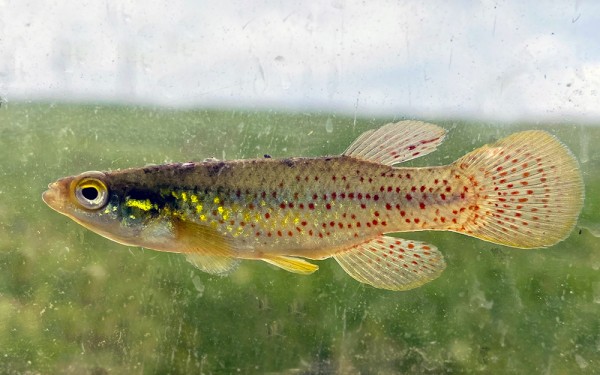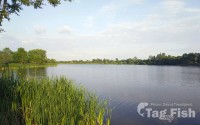Santee River
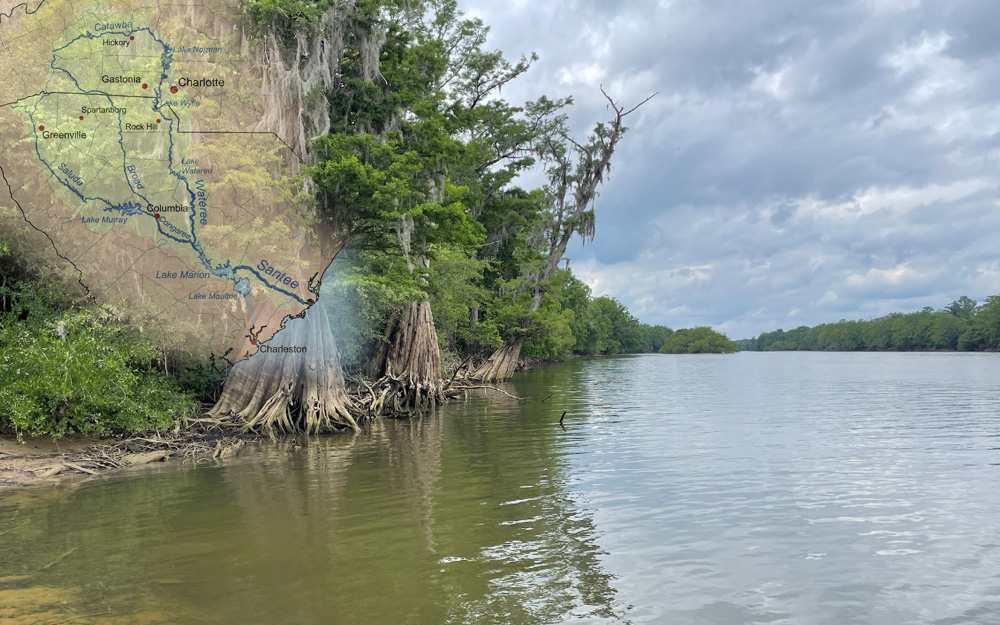
Perciformes - Perches
Esociformes - Pikes
Siluriformes - Catfishes
Centrarchiformes - Basses and sunfishes
Cypriniformes - Carps
Acipenseriformes - Sturgeons and Paddlefish
Lepisosteiformes - Gars
Amiiformes - Bowfins
Clupeiformes - Herrings
Moroniformes - Temperate basses
Acanthuriformes - Surgeonfishes
Pleuronectiformes - Flatfishes
Cyprinodontiformes - Toothcarps
Perciformes - Perches
Esociformes - Pikes
Siluriformes - Catfishes
Centrarchiformes - Basses and sunfishes
Cypriniformes - Carps
Acipenseriformes - Sturgeons and Paddlefish
Lepisosteiformes - Gars
Amiiformes - Bowfins
Clupeiformes - Herrings
Moroniformes - Temperate basses
Acanthuriformes - Surgeonfishes
Pleuronectiformes - Flatfishes
Cyprinodontiformes - Toothcarps
Perciformes - Perches
Esociformes - Pikes
Siluriformes - Catfishes
Centrarchiformes - Basses and sunfishes
Cypriniformes - Carps
Acipenseriformes - Sturgeons and Paddlefish
Lepisosteiformes - Gars
Amiiformes - Bowfins
Clupeiformes - Herrings
Moroniformes - Temperate basses
Acanthuriformes - Surgeonfishes
Pleuronectiformes - Flatfishes
Cyprinodontiformes - Toothcarps
The Santee River is a river in South Carolina in the United States, and is 143 miles (230 km) long.
The Santee and its tributaries provide the principal drainage for the coastal areas of southeastern South Carolina and navigation for the central coastal plain of South Carolina, emptying into the Atlantic Ocean about halfway between Myrtle Beach and Charleston near the community of McClellanville.
The farthest headwaters lie 440 miles (708 km) away on the Catawba River in North Carolina. Besides the Catawba, other principal rivers of the Santee watershed include the Congaree, Broad, Linville, Saluda and the Wateree.
The watershed drains a large portion of the Piedmont regions of South and North Carolina.
The Santee River is the second largest river on the eastern coast of the United States, second only to the Susquehanna River in drainage area and flow.
Much of the upper river is impounded by the expansive, horn-shaped Lake Marion reservoir, formed by the 8-mile (13 km)-long Santee Dam. The dam was built during the Great Depression of the 1930s as a Works Progress Administration (WPA) project to provide a major source of hydroelectric power for the state of South Carolina.
